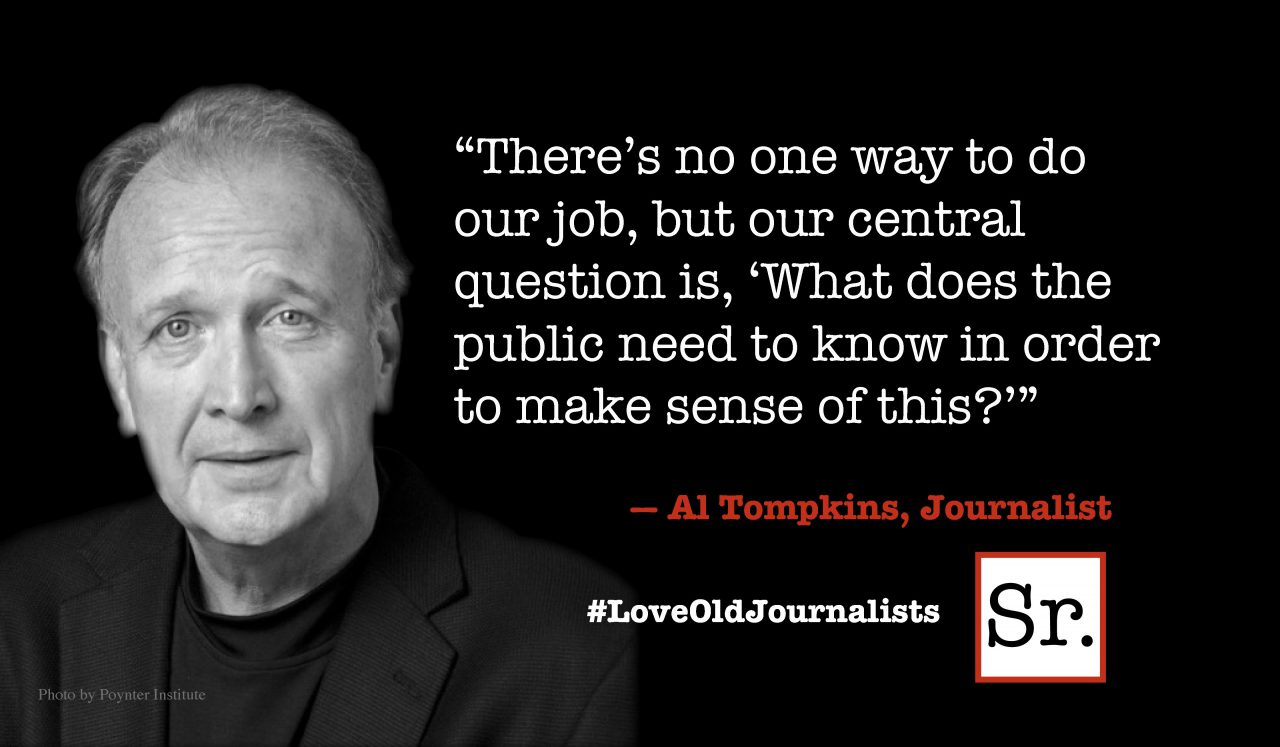It was the 1970s. I went to work one morning as the day editor at the AP (Associated Press) Bureau in Phoenix. I expected a usual active day but nothing special; so I was surprised when the bureau chief called me into his office.
The chief said, "Lester, I got a strange call. It's from somebody who was at the Pine Ridge Indian Reservation when trouble happened. He wants to talk to an AP reporter."
I asked why he wanted an AP reporter, and the bureau chief said he didn't ask, but this gentleman, whose voice sounded very clear and who was well-spoken, said, "Meet me at the cave underneath the Tempe Bridge; walk along the trail until you see me."
"You don't have to do this," the bureau chief added. "It could be too risky." However, I did go. I walked through the mud along the Salt River for a good quarter of a mile and was about to give up when this young gent appeared. He didn't look anything like having slept in a cave or being in any way unkempt. He was very neat – jeans, a good shirt. He was wearing a beaded necklace with Lakota Indian symbols, which usually had an important meaning.
We talked. He told me about the brutal conditions on the 3.5 million-acre Pine Ridge Reservation located on some of the harshest land in South Dakota and Nebraska. He told me that most of the residents on the reservation had no electricity, no running water, and no sewage system. The reservation was governed by a tribal council under the purview of the Bureau of Indian Affairs.
He said that his name was Russell and he was in the American Indian Movement (AIM). He was one of the AIM activists who went to the reservation to protest what was really the culmination of a century and a half of broken treaties and poverty on the federal reservations. Here the anger and frustration of the residents were the worst. Hostilities were wide open – against the government and against each other. There were many killings on the Pine Ridge Reservation, which had the highest murder rate in the entire country.
AIM occupied Wounded Knee, the historical site of the massacre, in an attempt to regain that land that had been deeded to the Lakota by treaty.
The FBI was sent in. Finally a shootout erupted during which two FBI agents and one activist were killed. A South Dakota deputy sheriff was also wounded and permanently paralyzed.
"When it was over," this young man said, "I knew there would be trials. I decided to leave and become a fugitive. Now I have decided to return and tell the story and declare my innocence of any shooting."
"Do you want to go back and show up for any kind of trial?" I asked, and he made it clear that the object was to get support for their cause, and he feared that if any of the agents caught him off the reservation, they might just wipe him out.
I asked him why he had chosen the AP when it would have been easier to call a TV station or whatever and get similar treatment, with pictures. He said he thought the AP had done the finest job of reporting the plight of the inhabitants on that desolate reservation.
All this time, although I was very pleased to talk to him, I still didn't know his full name. I said, "Okay, I would like to have a last name." I didn't get it.
Later a friend, Merilou Effinger, researched this story on the Internet and found the information I needed about the mysterious Native American and the bloody events on that reservation.
He was Russell Means, the head of AIM (The American Indian Movement) in those days. Her research disclosed he had been tried with several other activists and all of them but one were acquitted of any role in the shootout. The exception was Leonard Peltier, who was convicted and sent to prison, only to be released some time later.
In the end it was Merilou's research that finished the story for me and removed the haunting feeling I had for nearly four decades about what had happened. Was I misled or not? I believe not. She identified the young activist who had talked to me. This lay to rest my uncertainty. I felt relieved and happy to have that feeling!








